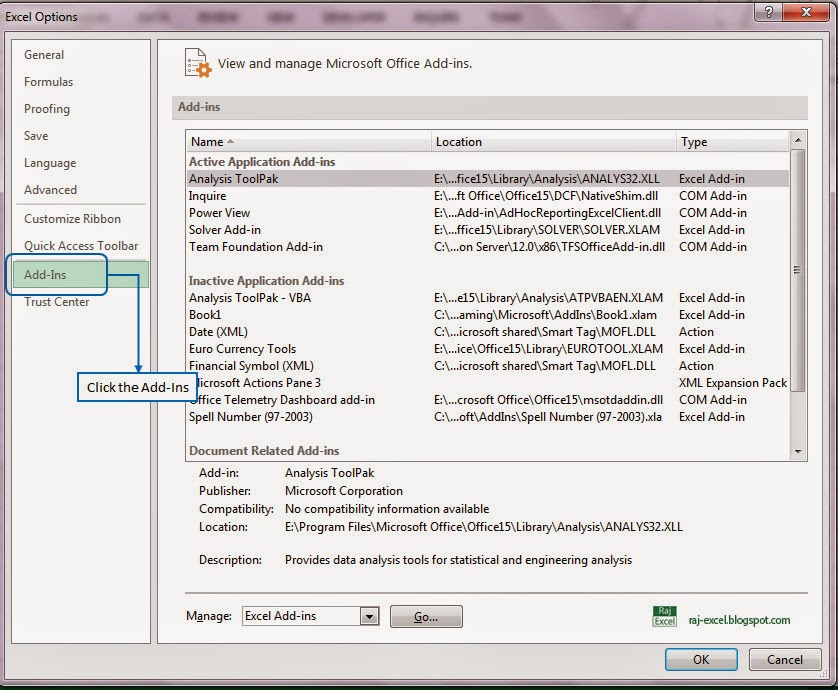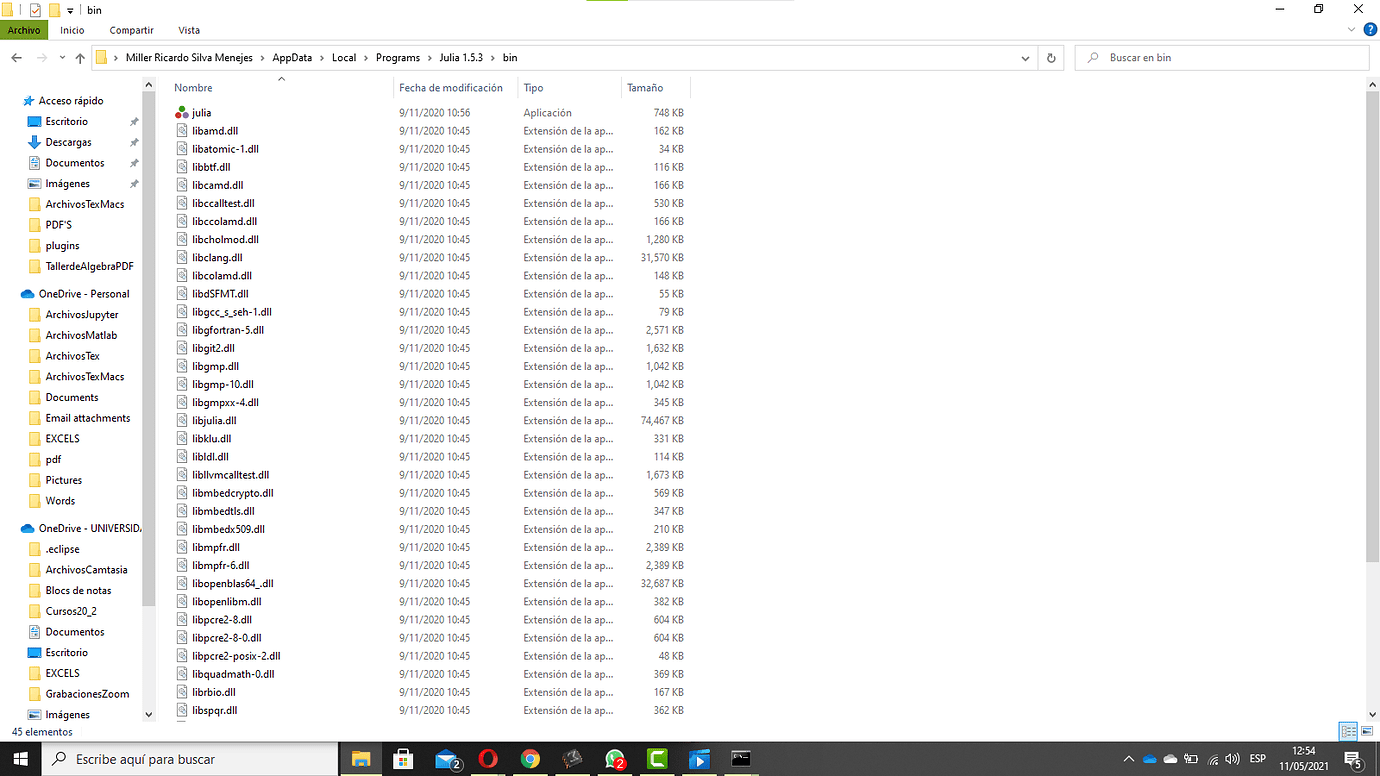

I have set up some default variant and accents. Sensitive, e.g., you have to apply / after Support multi-character symbols second, accent modifiers are order In transform-list, in that case it is always treated as Want to customize the symbols, look at transform-listĪnd accent-list. You can also hitĬ-n/p to go back and forth when transforming. Key would do both tasks: transform and accent. In the above demo Iīind transform-previous-char to some key, and that 2) you can add an “accent modifier” after the symbol and hit TAB) and go through each variant of the symbol before

Please do keep in touch with us via Facebook, Twitter or via e-mail on our contact us page.It has two features mimicking TeXmacs: 1) you can hit a key (say

the first one, and its arrows, allows us to navigate between slides.You will notice that in the bottom-right-hand corner beamer has given us some navigation buttons:
#Insert tab texmacs pdf#
To show the presentation, we download the project, open it in a PDF reader and put it in a fullscreen view. We'll also see that the table of contents slide has automatically numbered the sections and displayed them along with their corresponding subsections:Īt the bottom of every slide a bar has been automatically generated with the author name, institute, presentation title, date and frame number:
#Insert tab texmacs code#
Now if we compile the code we'll see that the information we added in the preamble has been neatly put together on the title page: Next we'll select a theme using the \usetheme command for our example we'll use the Boadilla theme. To start our presentation we need to set the document class to beamer. If you've never used LaTeX you may want check out our video tutorials for beginners.
#Insert tab texmacs series#
However, much of the content is still relevant and teaches you some basic LaTeX-skills and expertise that will apply across all platforms.įor this series we are going to be using (an old version of) ShareLaTeX as our LaTeX editor but you could follow along with whichever LaTeX editor you feel most confident with. These tutorials were first published on the original ShareLateX blog site during August 2013 consequently, today's editor interface (Overleaf) has changed considerably due to the development of ShareLaTeX and the subsequent merger of ShareLaTeX and Overleaf. This five-part series of articles uses a combination of video and textual descriptions to teach the basics of creating a presentation using the LaTeX beamer package.


 0 kommentar(er)
0 kommentar(er)
